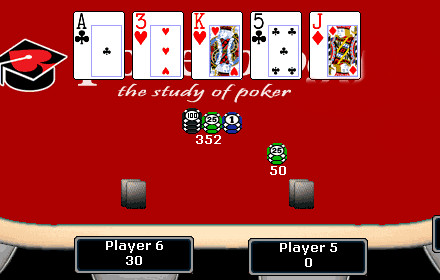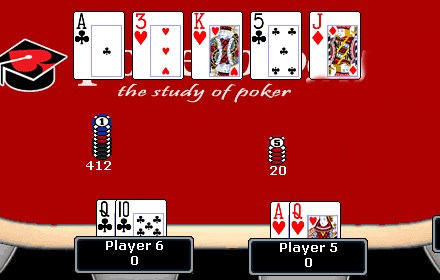

We discussed a model of a restriction game for our exercise on the fundamental varieties of poker. In this game, a player could bet more than any other individual, given he had such a sum.
In Poker, you can just bet the measure of money you have before you on the table. It is very basic for players to run out of cash during a hand, and more money does not imply winning. If the player with the maximum cash would bet every one of his chips, he would consistently win, and it wouldn’t be an entirely charming game.
All-in Bets
At the point when a particular player places every one of his chips or cash in the pot, he is supposed to be “in with no reservations” or “all-in”. The significant thing is that a player can never be out of a pot since he has the alternative to call for the entirety of his chips.
Example 1
Take a look at the situation.

- A player with $50 bets everything, and everybody folds except for a player who has $30 left.
- Now, this player can’t coordinate the $50 bet. However, he can bet everything for his $30.
- At the point when no one is included, the main player will get back the only $20.
- In this, the more limited stack wins, and the excess $20 goes back to player 5.
The essence of this is that all other players can reclaim any additional cash when a player is in with a lesser amount than theirs, and no one else called. Similarly, in a no restriction game, where a player may bet $10,000 in a $1/$2 game, the surplus cash is returned.
Example 2

Another situation can be seen here.
- Player 3 has $12 altogether, quite less than $10,000. He can just bet everything.
- On taking a chance, the player with $10,000 would reclaim $9,988.
- No more wagering would happen, as there is nothing left to bet.
- After others fold, the player with the best hand would win the $25 pot ($12 from each in addition to the little blinds $1).
Side Pots
The game may be more puzzling when there are multiple players engaged in a hand. At this point, aside pot is made for active players, and no further wagers can be won by the player who is all-in. What can happen in such a situation?
Example 3

When there are three players in a hand.
- Two players have $50 each, and another has only $10 remaining.
- The pot contains $40 from the past wagering adjusts. Player 5 has made a bet of $20.
- Player 6 can call all-in or fold.
- Let player 6 choose to call all-in. Player 7, who has $50, has to call for $20, which is the first bet and can even raise.
- In the event that he raises, a side pot is made, as shown in the figure below.
The original pot currently has $70, which comprises of the past $40, in addition to $10 of the three players. Player 6 is all-in and would win the main pot. The side pot having the extra $20 can be claimed only by those players who added to it (i.e., players 5 and 7). All further wagers are added to the side pot and not the original pot.
Players 5 and 7, who added to the side pot, can win both the pots if their hand beats the “all in” player. On the off chance, if player 6 has the triumphant hand, he will win the $70 pot. Still, the side pot will be claimed by either player 5 or player 7.
Final Words
All this information is surely very confusing. Once you begin playing poker, you’ll immediately get comfortable with these wagering rudiments. Once in a while, there can be a number of side pots, including different players – regardless of whether it’s the breaking point, pot limit, or no restriction poker. This is on the grounds that not every person has a similar measure of chips. The significant thing to recall is that a player can never be wagered crazy since he needs more to call. These are the basics of Poker.







